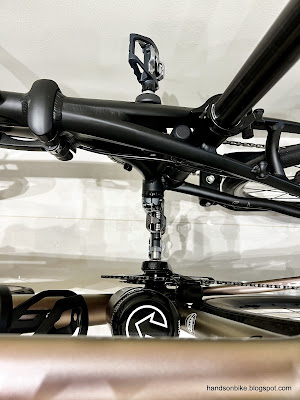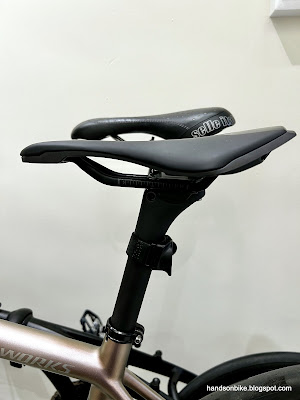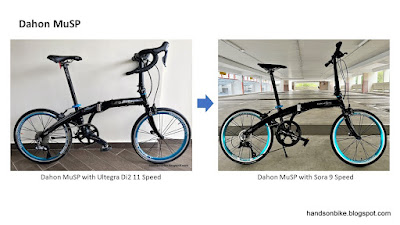Here is another component comparison! I love doing side by side comparisons as it is interesting to spot the differences and try to understand why they are designed differently.
This comparison is between two Ultegra derailleurs of the same 11 speed generation. R8000 is the mechanical 11 speed rear derailleur, while R8050 is the Di2 11 speed electronic rear derailleur.
For this generation of Ultegra components, they are designed so that the mechanical and Di2 versions look similar, with the same design language. Other than the functional and dimensional differences, the visuals will be kept similar.
R8050 Di2 rear derailleur was removed from the Dahon MuSP, when it was modified from Ultegra Di2 11 speed to Sora 1x9 speed.
R8000 was newly purchased, as I wanted to cannibalize the cage set to be used for Ultegra Di2 12 speed RD-R8150 rear derailleur.
R8000 on the left with visible cable adjust bolt. R8050 on the right with the servo motor.













































